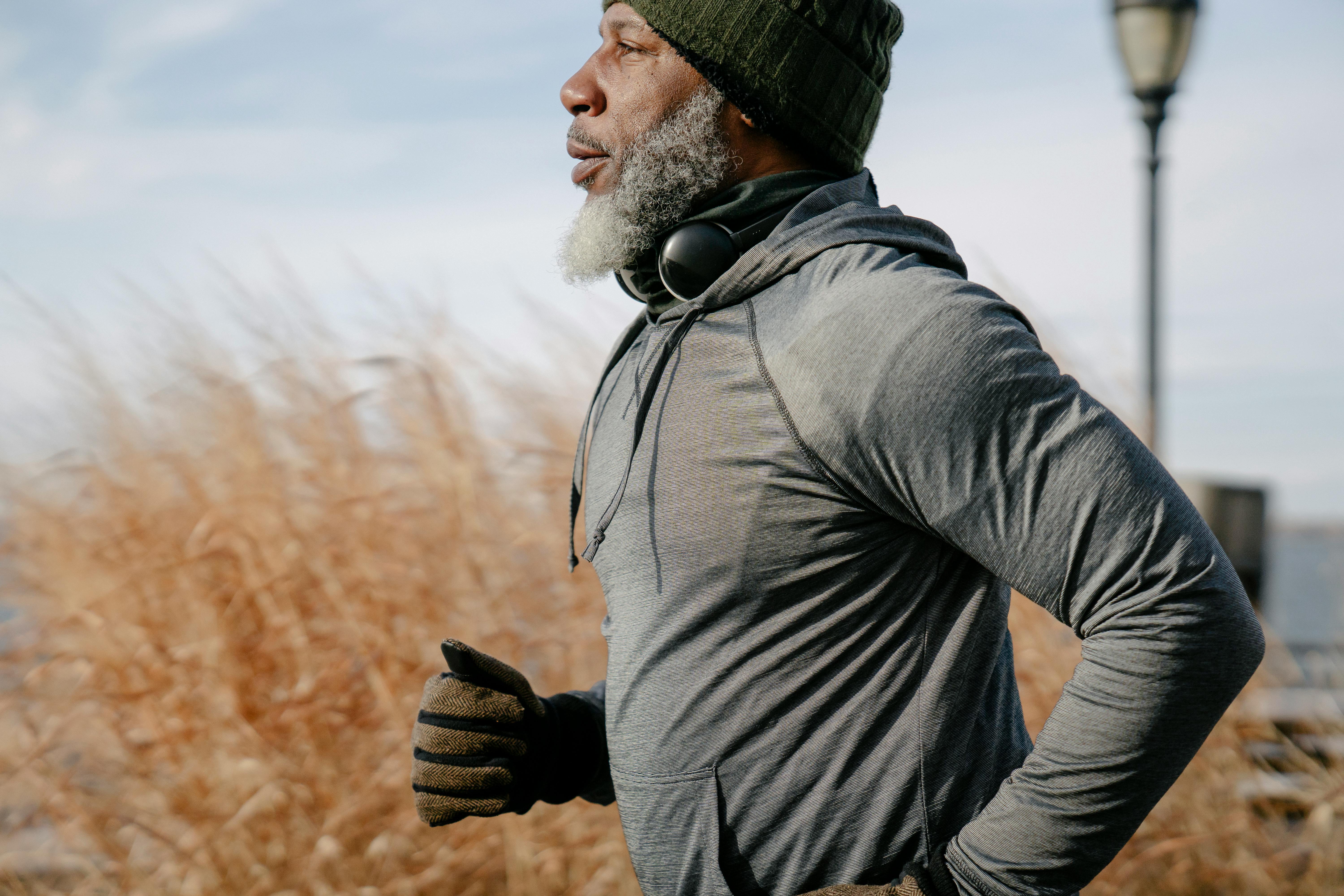Insight
Opportunities in aging: What brands should know
The following article was written by Cristina Battersby, an MBA Candidate at NYU Stern School of Business, who worked with Bullish as an in-semester intern this spring.
Americans 65 and over were the highest-spending consumer group in latest reports from 2022, accounting for 22% of spending and 50%+ of the total wealth in the U.S.
The influence and spending power of the aging population is growing thanks to medical advances and more people entering the age range. Baby Boomers turning 65 is the fastest-growing generational group in the U.S., reaching an estimated 20% of the U.S. population by 2030.
Although this demographic continues to expand globally, the aging population has experienced a persistent lack of innovation, under-investment, and under-representation as consumers. Their unmet needs not only come at a cost to their own experience with getting older, it leaves potentially billions uncaptured by brands across industries.
The changing makeup of the aging population
One factor driving the lack of attention given to the aging population could be the misunderstanding of the changing psychographic. Not only is the volume and wealth of this group shifting, but also its tech savviness, societal perceptions and distribution of age, gender, and ethnic diversity.
There will be more women than men in the aging population, it will be more ethnically diverse, and the “older old” is a growing group. These are key dimensions that companies should consider in assessing the size and target demographic of the market for products targeting this segment and therefore, their demand for goods.
How brands can better meet their needs
Aging in place: Given the inevitability that health declines with age, there is growing demand for existing health-related goods and services, but also new opportunities. One of which is improving the experience of “Aging in Place.” According to AP-NORC, 88% of Americans prefer to receive living assistance at home or with loved ones and 67% are concerned about losing independence.
Home carers who have historically been female children have shrunk as they’ve moved away from their families and opted to remain in the workforce longer. Additionally, spousal support has reduced due to an increase in divorce rates. This dynamic presents two key arbitrage opportunities for consumer brands: Services and products that enable caregivers to manage their loved ones’ healthcare demands holistically across service providers from afar; and those that enable aging people to help themselves and be in their homes longer.
With the average annual cost of a private room in a nursing home exceeding $100,000, it is not surprising that people are looking for solutions to delay this expense.
The aging-in-place and home-based care market is estimated at $151 billion, and as of 2019, was expected to grow at a CAGR of 13%, with meals, home and personal care being the largest segments.
Of the number of goods that could aid aging in place, which areas could have the highest demand in the years to come? Two examples that span the spectrum of consumer goods that would aid in aging in place are cognitive goods that aid dementia, which is on the rise and the costliest health condition in the U.S. amounting to $109 billion per year, and consumer goods that mitigate the downstream impact of falling which is a leading reason why people have to move out of their homes and into assisted living.
On average, a person over 65 in the U.S. falls every second of every day, 25%+ of over 65’s fall every year, and there is significant downstream health and financial impact associated as a consequence, with non-fatal injuries costing $50 billion annually.

Enhancing movement: U.S. governmental bodies and health organizations alike have been promoting and investing in healthy aging practices, driving opportunities to support people with safe physical activity.
The number of older people participating across a range of sports has been increasing, from the growing number of age 65+ runners in the U.S., to the rise in older cyclists. There are not only opportunities in existing sports, but new ones such as Pickleball. It is currently the fastest growing sport in the U.S. and according to the Sports & Fitness Industry Association, 49% of frequent players are age 55+.
However, there are some barriers slowing adoption of greater physical activity among the elderly and that’s a lack of accessible sports or equipment that can allow them to practice within the typical physiology constraints confining older people.
Some opportunities include: new sports that are more friendly to physical limitations associated with age, adaptive equipment that enable older people to practice a sport otherwise beyond their physical limitations or ability to practice with others of a higher physical ability, and ancillary products that go with practicing sports but target the unique needs of the older body. One example here is the electric-powered bike, which is the only growing sector of the bike industry since the post-COVID boom. With the adoption of physical activity on the rise among this population there’s more demand for assistive equipment across sports.
Brands and investors alike must embrace the anti-ageism tidal shift to capture a share of the unmet billions of silver dollar demand that is ripe for the picking. For brands, this means delving deeper to look beyond the demographic change in volume of the aged, and not treat ‘older’ people as a homogeneous group. Although stereotypical age-associated sectors such as traditional healthcare are growing, the less tapped markets are those that are considering the modern day image of what "old" people are, and meeting their evolving needs as they pertain to their own caregiving and freedom of movement.
More
Insights
Pioneers Mid-Year Sentiments 2025Insights
2025 Bullish Consumer/LP Summit HighlightsNews
Mike Duda featured in Beauty IndependentInsights
The Postzempic EconomyInsights
Cultural Tension: There’s no I in TEAM, there's MEInsights
Atomization of AttentionSign up for the latest consumer insights and news
Most Dangerous Agency in America™
©2025